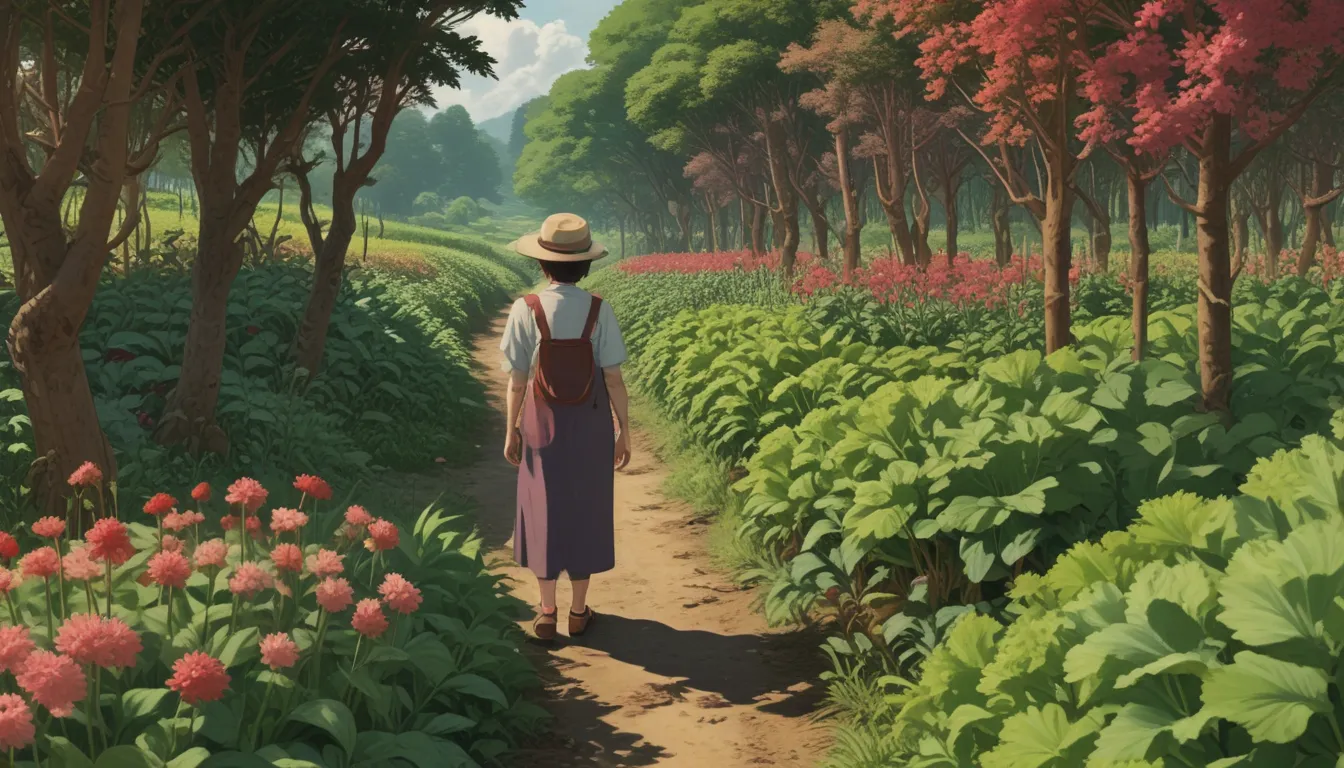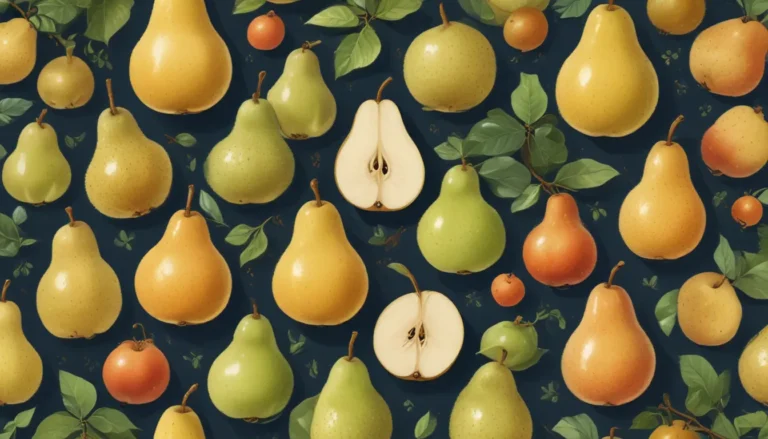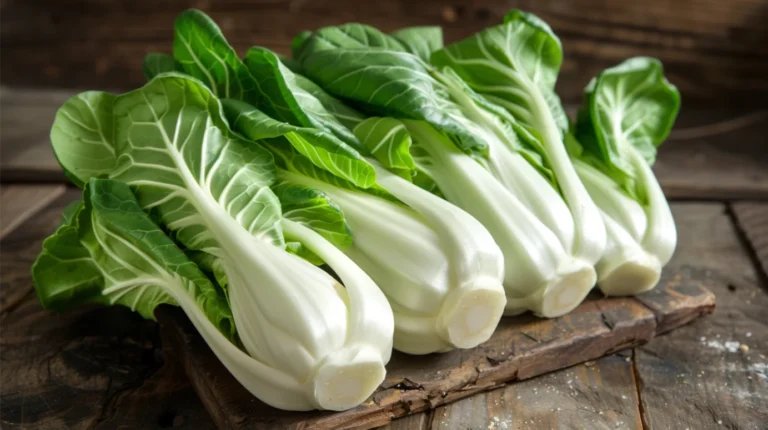A Complete Guide to Harvesting Rhubarb

If you have the patience for it, growing rhubarb can be a rewarding experience. While it may take longer than other crops to yield results, the wait is well worth it when you bite into a delicious slice of rhubarb pie or crumble. If you’re new to growing rhubarb, now is the perfect time to start. Check out our comprehensive guide to growing rhubarb for beginners.
When it comes to cultivating this flavorful plant, knowing when and how to harvest rhubarb is essential. In this article, we will cover everything you need to know to ensure a successful harvest.
What You’ll Learn
- When to Harvest Rhubarb
- What Time of Year to Harvest
- Knowing When Stalks Are Ready
- How to Harvest
When to Harvest Rhubarb
There are several ways to plant rhubarb, including using seeds, crown divisions, bare roots, or containers. Each planting method has unique harvest specifications that are important to understand.
From Divisions: The Quickest Way to Home-Grown Stalks
Divisions are mature plants taken from rhubarb plants that are transitioning to or from dormancy. If you receive a division from a friend, you can enjoy your own stalks as early as the following spring.
Mature stalks are typically at least 12 inches long and can be harvested in the first season.
Bare Root: The Second-Fastest Way
Bare roots are dormant divisions purchased from a nursery. It’s best to let them establish themselves during the first season before lightly harvesting in the second season.
To summarize, bare root rhubarb should be left untouched in the first season, lightly harvested in the second, and harvested regularly from the third season onwards.
From a Crown: Also the Second-Fastest Way
A crown is a small plant that is at least a year old. While you can harvest a couple of stalks the day you bring it home, it’s best to wait until the second season to start picking. By the third season, you can harvest a significant portion of the stalks.
Sowing Seeds: The Slowest Way
Growing rhubarb from seeds can take two to three years before you can harvest. While it requires patience, starting from seeds can be a rewarding experience, watching the tiny plants grow into mature stalks.
To summarize, rhubarb grown from seeds takes two to four years before a normal harvest can be obtained.
What Time of Year to Harvest
The timing of the harvest season varies based on your USDA Hardiness Zone. In colder regions (Zones 2-6), rhubarb can typically be harvested from April to early July. In warmer areas, the harvesting season may begin as early as March and extend into May.
It’s essential to allow the plant to grow undisturbed during the summer to store up nutrients for the following spring.
Best Time of Day to Harvest
While there is no specific time of day that is best for harvesting rhubarb, picking in the cooler hours of the morning or evening is ideal. Stalks should be picked promptly and brought indoors to maintain freshness.
Knowing When Stalks Are Ready
Rhubarb stalks are ready for harvest when they reach a minimum of 12 inches in length. It’s recommended to wait until there are at least 10 stalks on a plant before harvesting, leaving about half to three-quarters of the petioles intact.
How to Harvest
Harvesting rhubarb is a straightforward process that requires minimal tools. While a garden knife can be used, it’s often easier and safer to twist and pull the stalks by hand.
After harvesting, it’s important to trim the stalks and remove the leaves, which are toxic.
Preserving Stalks
If you have an abundance of rhubarb, you can preserve it by freezing the stalks. Slicing the stalks into one-inch pieces, freezing them on parchment paper, and storing them in date-marked freezer bags can extend their shelf life for up to a year.
What To Do If Rhubarb Bolts
If your rhubarb plant begins to bolt and produce seed heads, it’s essential to trim them promptly to redirect the plant’s energy back into producing edible stems. Removing the seed heads early can help maintain the plant’s productivity for years to come.
Now Go Make Some Rhubarbalicious Treats!
With a successful harvest of rhubarb, the possibilities for delicious treats are endless. Whether you prefer pies, wines, crumbles, cakes, jams, or ice creams, fresh rhubarb can be a versatile ingredient in the kitchen.
Share your favorite rhubarb treat in the comments and let us know if you have any additional harvesting tips to share with fellow gardeners.
If you’re considering expanding your vegetable garden, be sure to check out our guides on planting and growing Swiss chard, cauliflower, and bok choy for more gardening inspiration.
With a newfound understanding of when and how to harvest rhubarb, you can enjoy the fruits of your labor in a variety of culinary creations. From sweet pies to savory dishes, rhubarb adds a unique flavor profile to any recipe. So get out into the garden, harvest your fresh stalks, and start cooking up some rhubarb delights today!





